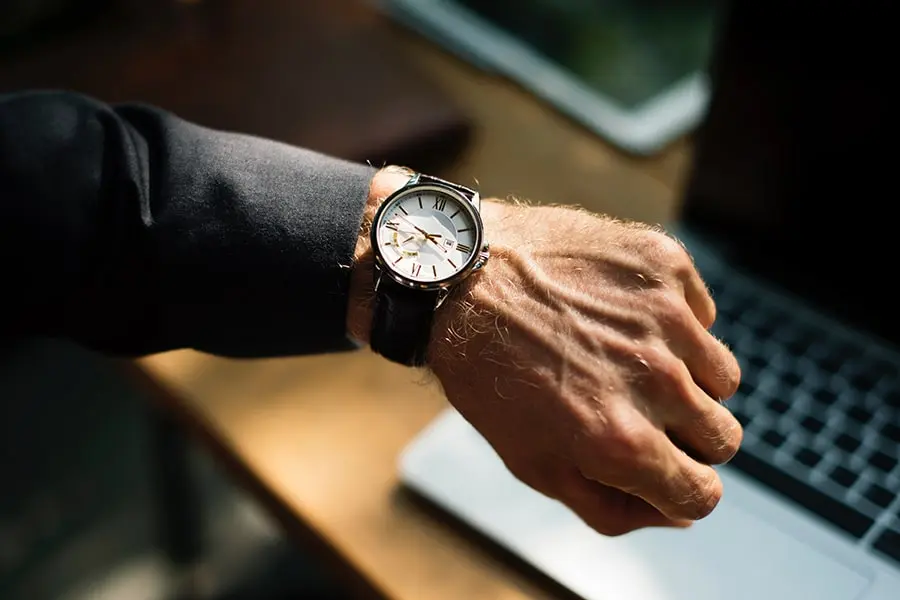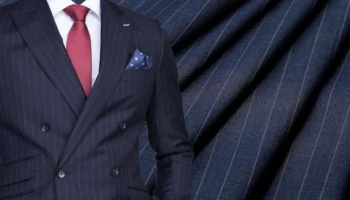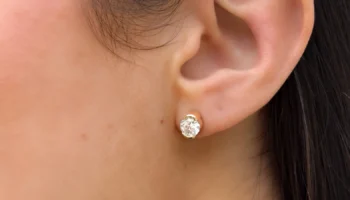Vintage watches carry more than time. They carry stories, design heritage, and craft techniques that modern production rarely mirrors. Whether you are drawn to mid-century dress simplicity or the purposeful charm of a classic tool watch, Sydney offers rich opportunities to learn, compare, and choose well.
If you want a guided path to reputable pieces, trusted servicing, and clear descriptions, you can explore the best vintage watches Sydney to see curated selections with provenance, period-correct details, and knowledgeable support.
What Counts as Vintage, And Why It Matters
Vintage usually describes watches that are at least 20 to 30 years old. Rarity, originality, and condition shape desirability and value. Understanding these factors helps you separate timeless from merely old.
The Three Pillars of Vintage Value
-
Originality, matching dials, hands, crown, and movement to what the manufacturer used for that reference and era
-
Condition, honest wear is normal, heavy polishing that blurs case lines is not
-
Provenance, documented service history, period boxes or papers, and consistent serial ranges
Popular Vintage Styles You Will See in Sydney
Sydney collectors appreciate practical elegance. The market reflects that mix, from slim dress watches to robust divers.
Dress Classics
Think 34 to 37 mm, slim profiles, dauphine or baton hands, minimalist dials. Gold filled, solid gold, or steel cases with hand-wound or early automatic movements. Ideal for office and evening.
Tool Icons
Diver’s bezels, luminous plots, screw-down case backs, and bracelets that balance weight and comfort. Look for correct bezel fonts, tritium or radium lume that has aged evenly, and crystal types that match period norms.
Chronographs
From two-register 1940s pieces to 1960s racing chronographs, the charm is in the movement architecture and dial symmetry. Valjoux or Lemania movements are common in this era and prized for serviceability.
Everyday All-Rounders
Field watches and simple automatics that handle weekday to weekend. These wear beautifully with denim or tailoring and are often the best entry point for new collectors.
How to Inspect a Vintage Watch Like a Pro
A few targeted checks will raise your hit rate and reduce surprises after purchase.
Case and Crystal
-
Study lugs and bevels, sharp geometry indicates minimal polishing
-
Acrylic crystals can be buffed, mineral or sapphire crystals need replacement if heavily scratched
-
Check for corrosion under lugs and between end links
Dial and Hands
-
Uniform patina is welcome, water staining and dial rot are not
-
Lume should age consistently, mismatched hand and dial lume can indicate later parts
-
Printing should be crisp, misaligned text often signals a redial
Movement
-
Ask to see the movement when possible
-
Look for clean bridges, intact screws, and correct caliber for the reference
-
Confirm service history and timing performance on a timegrapher
Bracelet and Strap
-
Vintage bracelets stretch over decades, some stretch is normal, excessive stretch lowers comfort and value
-
Spring bars should seat securely
-
If you prefer leather, size to the watch’s personality, slim for dress, padded for sport
Buying With Confidence in Sydney
Local expertise makes a difference. Reputable dealers explain originality, disclose service work, and support aftercare. Private listings can be rewarding with diligent research and in-person checks.
A Simple Pre-Purchase Checklist
-
Identify the reference and confirm period-correct parts
-
Examine the dial closely, especially lume plots and print quality
-
Inspect the case for shape and thickness, not just shine
-
Confirm movement caliber and test timing
-
Review service records, or factor the first service into your budget
Servicing and Long-Term Care
Vintage watches are mechanical instruments. They require periodic maintenance for accuracy and longevity.
Service Intervals and Who Should Do It
-
Typical interval is every three to five years depending on use and environment
-
Choose watchmakers who understand vintage tolerances and will not over-polish or replace original parts without consent
-
Ask for photos of the movement before and after service, and a list of replaced components
Storage and Daily Habits
-
Store in a cool, dry place away from magnets
-
Wind hand-wound pieces at the same time daily, stop at resistance
-
Avoid water unless the watch is pressure tested recently, vintage gaskets can fail
Sizing, Comfort, and Modern Wear
Vintage dimensions run smaller than many modern pieces. The payoff is comfort and versatility.
Fit Tips That Always Work
-
Try different strap textures, suede softens a sharp dress watch, nylon livens a field watch
-
Mind lug-to-lug length, it dictates wrist presence more than diameter
-
For bracelets, aim for a slight wrist float, too tight adds wear, too loose reduces stability
Building a Focused Collection
Starting broad is fine, then specialise as your taste evolves. A focused collection is easier to maintain and more satisfying to wear.
Three Smart Starter Paths
-
The Dress Trio, a 1960s hand-wound in steel, a gold dress piece for formal wear, and a discreet automatic for everyday office use
-
The Sport Pair, a vintage diver for weekends and a field or pilot watch for travel
-
Chrono First, one clean two-register chronograph, then a contrasting three-register with a different scale or colorway
Understanding Price, Scarcity, and Future Demand
Price reflects condition, originality, and the strength of the model’s story. Scarcer variants, early executions, and watches with complete accessories often command premiums. Focus on watches you will wear and care for. Enjoyment creates the best return.
Ways to Keep Costs Sensible
-
Buy the best condition you can afford, restoration later costs more
-
Favour full sets when the premium is reasonable
-
Prioritise service history over hype
Ethical, Sustainable Luxury
Choosing vintage keeps existing craftsmanship in circulation. It reduces the demand for new extraction and celebrates repair culture. Many collectors value the idea that a great watch is built to last for generations, not seasons.
Styling Vintage With Today’s Wardrobe
Make it personal. Vintage should energise your current style, not replace it.
Easy Pairings for Real Life
-
White tee, navy blazer, slim steel dress watch
-
Denim shirt, chinos, 36 mm field watch on canvas
-
Linen suit, suede loafers, mid-century gold dress watch on brown leather
-
Weekend knit, clean sneakers, glossy acrylic-crystal diver on rubber
Frequently Asked Questions
Are vintage watches water resistant
Assume not, unless recently pressure tested by a professional. Even then, water contact should be limited.
How accurate should a serviced vintage watch be
Many settle within plus or minus 10 to 20 seconds per day. Tool chronometers can do better with careful regulation.
Can I daily wear a vintage watch
Yes, if serviced and suitable for your activities. Avoid shock, heavy vibration, and water. Rotate pieces to spread wear.
What if parts need replacing
An experienced watchmaker can source period-correct parts or fabricate sympathetic replacements. Always keep original parts returned after service.
Do I need the original box and papers
They help value and provenance but are not mandatory. Prioritise case shape, dial quality, and movement health.
Sydney is a rewarding city for collectors. Study a little, try watches on, and lean on trustworthy expertise. With a clear checklist and an eye for honest condition, you will build a collection that feels refined, wearable, and enduring.






